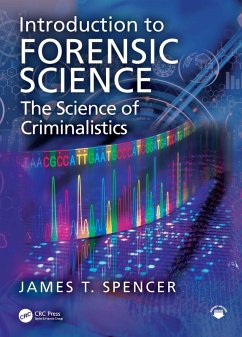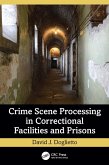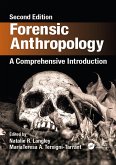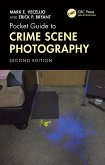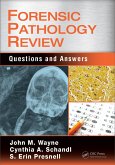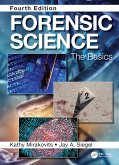The writing is accessible throughout, maintaining students' interest - including both science and non-science majors - while inspiring them to learn more about the field. Concepts are demonstrated with numerous case studies and full-color illustrations that serve to emphasize the important ideas and issues related to a particular topic. This approach underscores scientific understanding, allowing the student to go beyond simple rote learning to develop deeper insights into the field, regardless of their scientific background. This book has been extensively classroom-tested to provide the most comprehensive and up-to-date survey of various forensic disciplines and the current state of the science, policies, and best practices.
Key features:
- Presents a wholly new, fresh approach to addressing a broad survey of techniques and evidentiary analyses in the field of forensic science.
- All concepts - and the underpinnings of forensic practice - are explained in simple terms, using understandable analogies and illustrations to further clarify concepts.
- Introduces topics that other introductory texts fail to address, including serology, behavioral science, forensic medicine and anthropology, forensic ecology, palynology, zoology, video analysis, AI/computer forensics, and forensic engineering.
- Highly illustrated with over 1,000 full-color photographs, drawings, and diagrams to further highlight key concepts.
- Suitable for both high school senior-level instruction and two- and four-year university courses for majors, non-majors, and criminal justice students enrolled in introductory forensic science classes.
Support Materials - including an Instructor's Manual with test bank and chapter PowerPoint lecture slides - are available to professors with qualified course adoption.
Dieser Download kann aus rechtlichen Gründen nur mit Rechnungsadresse in A, B, BG, CY, CZ, D, DK, EW, E, FIN, F, GR, HR, H, IRL, I, LT, L, LR, M, NL, PL, P, R, S, SLO, SK ausgeliefert werden.

